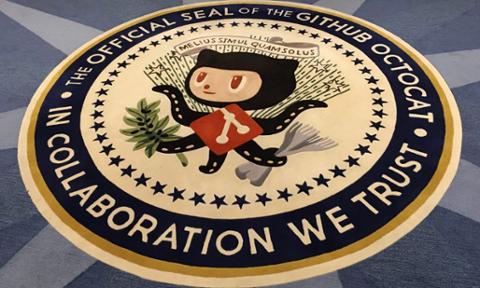 Twitter[/caption] Twitter's long, twisted history with developers just took another strange turn. The company has changed its API platform, which now goes so far as to allow bots via Direct Messages. There’s also a new web-based version called ‘Twitter Lite," aimed at emerging markets. First, Twitter Lite. Living in a web browser, Lite is fairly straightforward: in addition to being a web app, it gives users the option to blur images and other media in order to save bandwidth. Users can still tap on media to see or play it, but it devotes the stream mainly to text and links. Twitter claims up to 70 percent less data usage with Lite, which may encourage Twitter usage in areas that don’t have the bandwidth to support the full experience.
Twitter[/caption] Twitter's long, twisted history with developers just took another strange turn. The company has changed its API platform, which now goes so far as to allow bots via Direct Messages. There’s also a new web-based version called ‘Twitter Lite," aimed at emerging markets. First, Twitter Lite. Living in a web browser, Lite is fairly straightforward: in addition to being a web app, it gives users the option to blur images and other media in order to save bandwidth. Users can still tap on media to see or play it, but it devotes the stream mainly to text and links. Twitter claims up to 70 percent less data usage with Lite, which may encourage Twitter usage in areas that don’t have the bandwidth to support the full experience.
Twitter's new API changes are more involved. Twitter now has different tiers of API for developers, which range from ‘experimentation’ to a full-fledged experience designed for enterprise partners. The company says its goal is to “create an integrated Twitter API platform that serves everyone.” There will also be three unique use-cases for the tiered API, Twitter suggested: “This means one API for filtering data from the Firehose; one API for searching the Twitter archive; one API for getting realtime activities related to an account — including Tweets, Direct Messages, Likes & Follows.” The new program might be easy to grasp up-front, but behind the curtain, we see some potential issues. Twitter will supposedly "streamline APIs, so developers will no longer have to contend with different access and delivery protocols as they scale.” However, the firm added: “All of these APIs will provide tiers of access.” Some API tiers will be paid, though the company isn’t saying what it will charge for, or how much, beyond noting that the ‘experimentation’ tier of its APIs will be free. This unified platform leans heavily on Gnip, the company's data curation tool. That API allows developers to get granular info from the “firehose” that is the timeline. Meant for enterprise solutions, Gnip is apparently being streamlined for use with its existing REST and streaming APIs, providing a data-centric backbone for building new experiences. Twitter is also bringing new services forward. A data product taps into Gnip in a big way, providing real-time access to user-generated data. Previously out of reach to most developers, this makes enterprise-level data gathering available to everyone. Twitter clearly wants businesses to double down on engagement via its platform. A glaring example is one Facebook tackled last year at F8: bots. Developers can now build bots for Direct Messages, which is meant to keep users engaged with boilerplate issues such as delayed shipments or finding tickets for a flight:Twitter Lite is a faster, data friendly way for people to use Twitter to see what’s happening in the world.
👉 https://t.co/AIUgyCAFj0 pic.twitter.com/9EIG7pgK6O — Twitter (@Twitter) April 6, 2017
<script async src="//platform.twitter.com/widgets.js" charset=“utf-8"> This seems iterative of news announced in November 2016, when Twitter encouraged developers to build lightweight bot services for businesses. At the time, welcome messages and quick replies were the threshold; now, a full-fledged bot can be written for DMs. This ability is limited to partners for now, though Twitter seems serious about making its service into something that businesses rely on for engaging customers. Developers can also see exactly what Twitter has planned for its API platform. Much like Slack, a Trello board now exists for the API program, which highlights what’s in the works as well as ideas that Twitter is entertaining.Find deals, check flight status, ask AutoPilot questions, talk to a rep and more in @United’s travel exploring Direct Message experience. pic.twitter.com/DtRUnLIXFc
— TwitterDev (@TwitterDev) April 6, 2017




